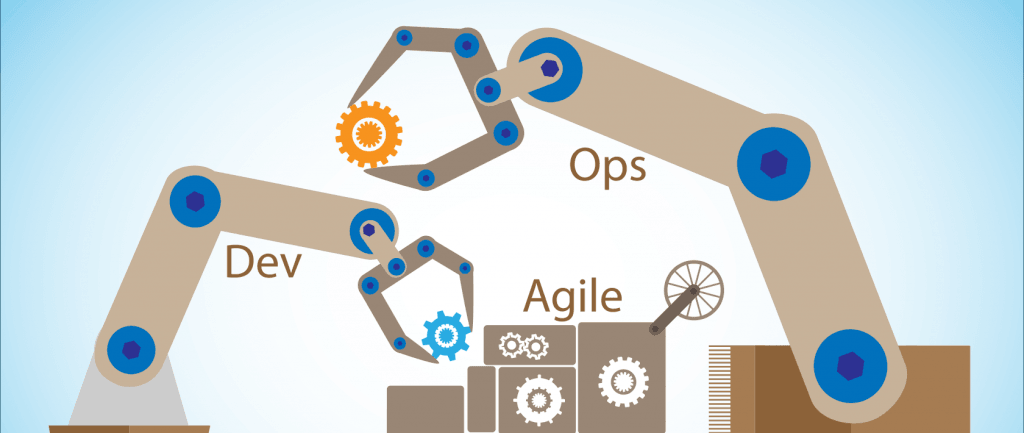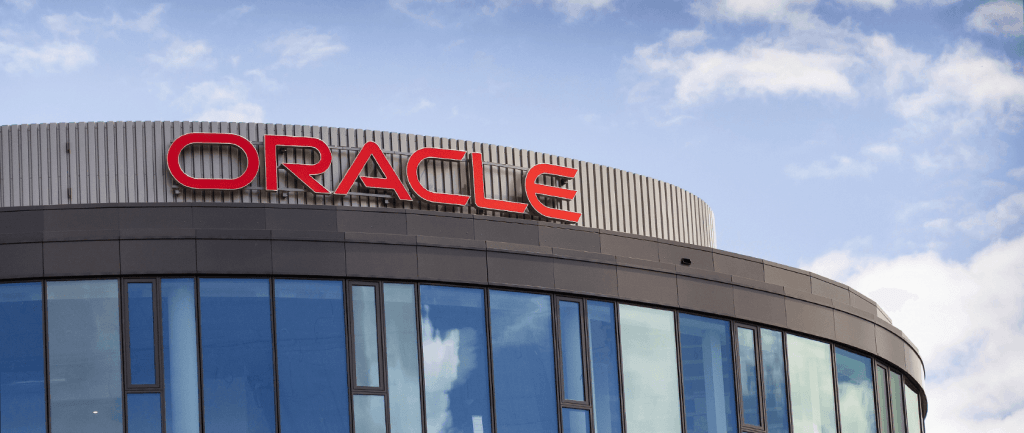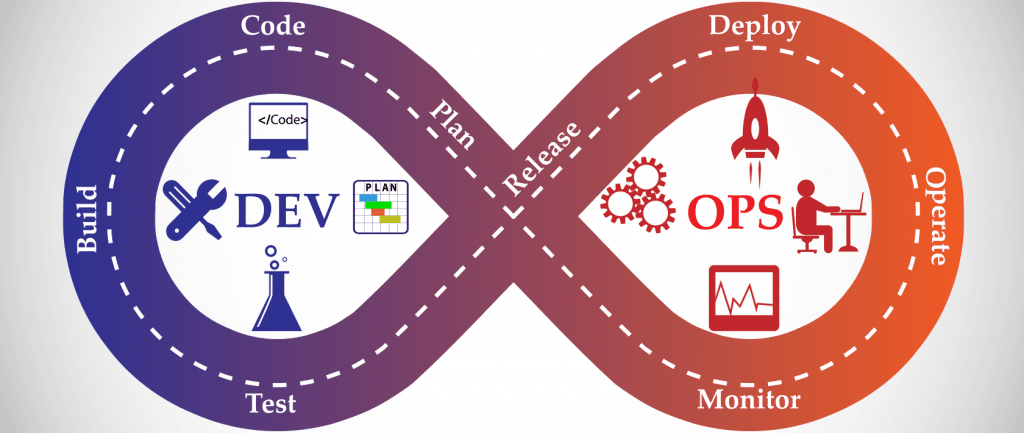
One of our recent projects, a bank, shows clearly the complexity that’s typical of the modern enterprise based on Oracle.
COMPLEXITY AT THE BANK
One of our recent projects, a bank, shows clearly the complexity that’s typical of the modern enterprise based on Oracle.
The bank needed dozens of Oracle environments for every stage from development to production. Its site was a cauldron of activity too, with up to 50 contractors manually installing and configuring environments, while other project teams were kept waiting for environments to be built and patched. By the time we were called in, the project schedule was looking more unrealistic with every day.
When we started to dig, the full size and scope of the problem became clear. The bank had:
- Up to 100 application assets with 45 distinct Oracle products
- Up to 13 environments per application asset
- 80 – 100 virtual servers plus back-up servers for production environments
- 150 production environments.

Each Oracle product required specific Subject Matter Expertise to install and configure, and the number of SMEs created more challenges for the Program Director: environment configuration management and change management. If you’ve worked on enterprise Oracle projects, these issues will be familiar.
HIGHER QUALITY IN LESS TIME FOR LOWER COST
It’s not unusual for large IT projects to run over budget. According to a report by McKinsey, this happens almost half the time. For Oracle deployments in situations like banking and finance, these blowouts can represent very big numbers.
Automation of environment builds can greatly reduce project costs and timelines, as well as improve the quality of builds, as the banking example showed. With the bank, MintPress, the advanced automation product for Continuous Delivery from the LimePoint software, played a key role in getting the project above back on track, and accelerating the second one so it could meet the project deadline.
By using MintPress we were able to:
- Eliminate the need for teams to wait for environments to be built, patched or changed
- Reduce the number of SMEs needed to orchestrate Oracle deployments
- Reduce outages / losses caused by environment configuration errors
- Detect configuration drift early in the process when it was easy to remedy
- Enable roll out and roll back of releases with ease.
The actual results reported by the bank (see the figure at the top) speak for themselves: 87% fewer defects in environments, 72% less time and 74% lower costs to build them. In the bank’s case, these improvements represented some very big numbers.
ADVANTAGES OF ADVANCED AUTOMATION
Using automation, you can achieve what used to be impossible in complex Oracle deployments: quality environments built quickly and cost-effectively. The most advanced automation products like MintPress, let you achieve far more. With MintPressyou can:
- Simplify design of complex Oracle environments – via a powerful metadata-driven interface
- Clone and extend your environment templates – or build from scratch quickly
- Seamlessly deploy topologies to any platform – be it on-premise, in the cloud or a hybrid
- Validate configurations before you build them – so you can fix defects or inconsistencies quickly
- Manage your topology versions more easily – with fewer staff
- Foster closer collaboration between Dev and Ops – through use of a common interface.
DEVOPS – FRIEND OR FOE?
DevOps has its roots in agile development and advocates the continuous delivery of small batch code changes or updates, rather than the traditional ‘waterfall’ method of releasing entire new systems in a single deployment. Needless to say, most IT people view tighter integration between development and operations teams as a positive culture change from the traditional silos. The DevOps way to deliver usable and reliable solutions to business units is to build a deployment pipeline that:
- Automates the environment creation process
- Captures all changes into central version control
- Lets you create test and production environments
- Lets you deploy code into these environments.
Yet, automation on its own will not resolve all the issues in a complex or diverse Oracle deployment.
‘YOU CAN’T JUST AUTOMATE ALL YOUR PROBLEMS AWAY’
This is how Mike Fal explains that DevOps is not a panacea for every ill that afflicts your project. For one thing, you need to do more than buy a platform for continuous delivery automation. A recent IDC survey of Fortune 1000 companiesfound that trying to adapt current tools to deliver DevOps practices has a failure rate of 80%.
In other words: to reap the full benefits of practising DevOps, requires careful selection of tools to make sure they work in your environment. You also need to make changes to processes, concepts and company culture. For DevOps to deliver across the board, it must be embraced by operations but also by sys administrators, DBAs and all the people involved in building the solution and making it work.
That said, automation is essential, as Jürgen Kress argues in the Oracle SOA & BPM Partner Community Blog: ‘Any IT organization sooner or later has to deal with such thing as Continuous Delivery (CD). They realize that there are various environments such as development, QA, support, UAT, production, etc. and there are a number of different systems working in those environments. At some point managing all that stuff manually becomes just impossible and should be automated.’
AUTOMATION WON’T FIX CONFIGURATION DRIFT
When a new software release fails on deployment, it’s often caused by small discrepancies or defects between environments, called Configuration Drift . These changes can be hard to detect and even harder to fix. Most have innocent causes like minor fixes or software updates to operating systems, middleware or applications, but if left unfixed, Configuration Drift can lead to major system failure and downtime.
Automation won’t fix Configuration Drift, as Mike Fal said. Lori McVittie from DevOps.com expands on this by saying: ‘the most difficult tasks in the network are not provisioning or configuration, but troubleshooting … if you just deployed ten or fifteen different configuration changes across the core and per-app service infrastructure and suddenly something is “wrong”, it’s going to take some time to figure out exactly which configuration change caused the problem in the first place.’
To find these defects and fix them, both before production and after, requires different capability entirely: sophisticated diagnostic ability, such as DriftGuard for Continuous Operation, the second product in LimePoint’s automation platform.
With advanced real-time monitoring and trouble-shooting like DriftGuard, you can:
- Detect changes, manage configurations and compare environments before migration to the next
- phase – ensuring greater consistency and certainty
- Compare one environment with another or with itself – to detect any inconsistencies
- Compare your roadmap with what has been built – and rectify any differences
- Gain a real-time, in-depth view of all your environments – Oracle and non-Oracle as well as
- those built manually
- Ensure that configuration changes have been done correctly – by comparing before and after
- Identify issues in configuration or systems audits – in days not months.
INSTABILITY AND INCONSISTENCY
In another recent project, also for a financial institution, low speed of delivery was a big issue. Yet, the bigger concerns were lack of stability and consistency of manual deployments. High quality of builds and rich functionality were the critical needs, as were detecting, fixing and preventing configuration drift.
The Program Director was also under a lot of pressure to deliver new initiatives faster, in order to fulfil the institution’s business goals. Our brief was to implement continuous delivery of new features, business rules or security patches. For the client though, the main goal wasn’t speed: ‘We want controlled, self-contained delivery,’ the program director told us, ‘with the peace of mind of easy roll back.’
Using DriftGuard for Continuous Operation, we were able to manage delivery of the new initiatives, with just one defect, which was found and fixed early, with no impact for the institution’s customers.
As the Program Manager said, this was a very unusual result: ‘Usually there are hundreds of defects [in going live with Oracle deployments] including serious ones. With LimePoint, there was a single defect which had no customer impact. We found it using DriftGuard, fixed it and migrated to live production with no outage whatsoever. This alone proved LimePoint’s value.’
STAYING AHEAD OF COMPETITORS
Your business must stay ahead of competitors through innovations that add value, sharpen your competitive edge or improve customer choices and experience. DevOps and Continuous Delivery automation support all these goals, and enable your enterprise to:
- Deliver capabilities to business users faster
- Provision new Oracle deployments in days, not weeks or months
- Monitor & stop ‘configuration drift’ to prevent failures & downtime
- Reduce the failure rate of new releases and minimise the lead time between fixes
- Improve the quality, stability and consistency of your software environments.
Products that enable Continuous Delivery, ensure Continuous Operation and make DevOps a reality, play a key role. LimePoint make the impossible a reality for the modern enterprise: building, managing and troubleshooting complex Oracle deployments with higher quality, lower costs and shorter timelines.






